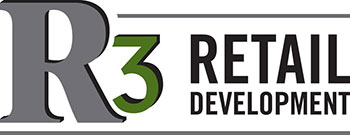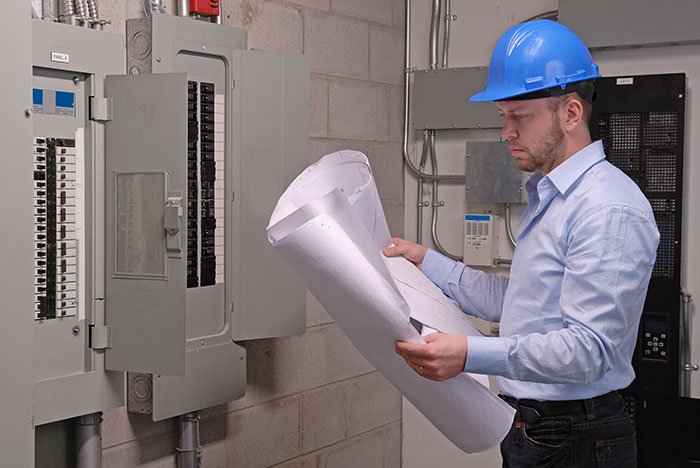As an end-to-end solutions provider, we help supermarkets, food processing and distribution centers, light industrial and commercial properties of all types maximize efficiency to unlock hidden profits in the areas of Energy Management, Building Controls, Construction Project Management, Refrigeration Systems Design, Lighting Systems Design, Store Space Planning, Commissioning, Equipment Procurement, Installation, and more.

